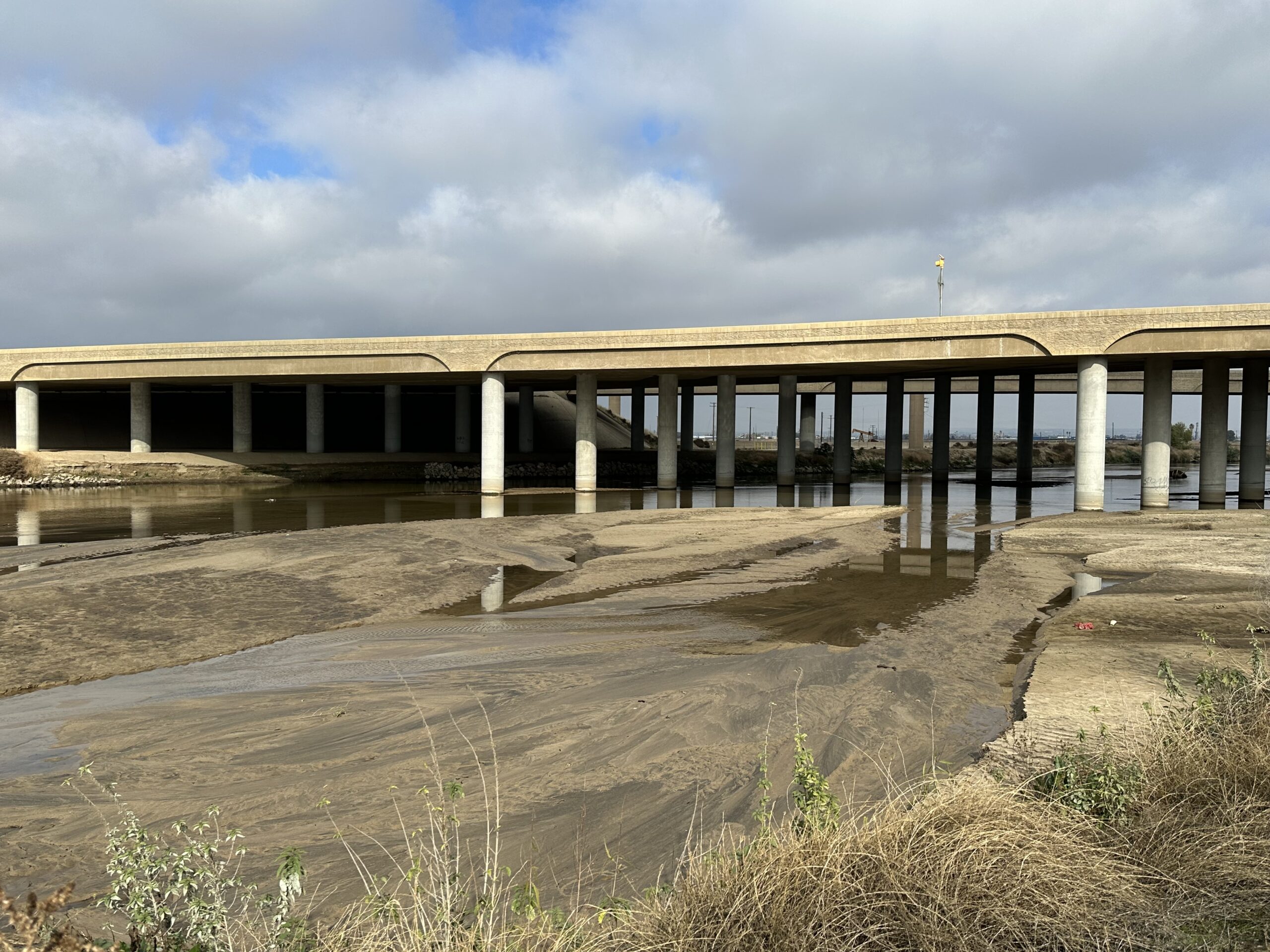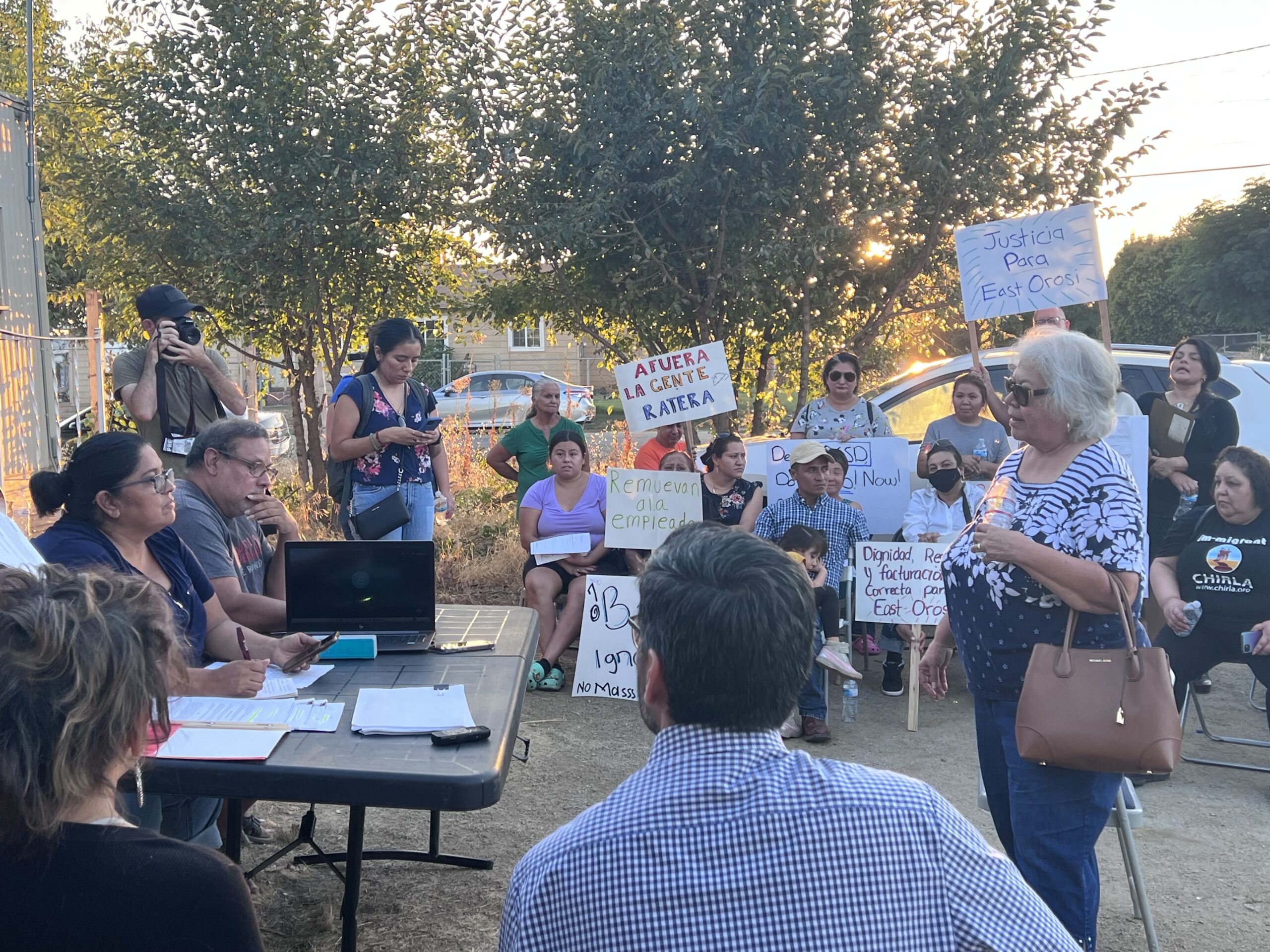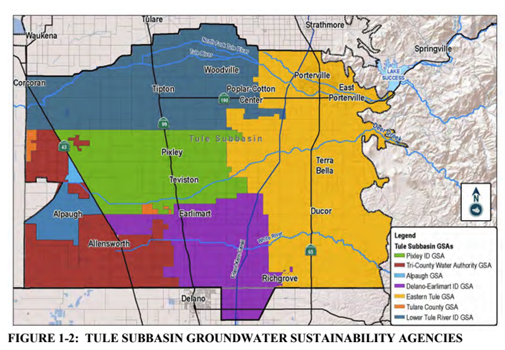New numbers coming in from water districts to the Kern Groundwater Authority show a groundwater overdraft of 249,644 acre feet a year – and that’s a good thing.
“At the last meeting, I admonished water managers to get serious about this, and I’m pleased to report that they have,” said Dennis Mullins, chair of the KGA during Wednesday’s meeting. He referred to the Sept. 25 meeting at which he said it was “obvious that some districts have created water with their paperwork” and that the state would not accept such “phony numbers.”
Under the state’s new Sustainable Groundwater Management Act, water managers in overdrafted basins such as Kern must account for all their demands, their surface water supplies and how much groundwater they need to make up any difference.
Those so-called water budgets are included in groundwater sustainability plans that are required to be turned in to the state Department of Water Resources by Jan. 31, 2020.
But draft water budgets released last month by the 16 mostly agricultural water districts within KGA showed the entire Kern subbasin only had a groundwater overdraft of 84,000 acre feet a year.
“We all knew that did not validate a water model that shows this basin is over 300,000 acre feet per year in deficit,” said KGA Executive Director Patty Poire.
In order to bring those water budgets closer to reality, the KGA board adopted a water budget “guidance document” at its Sept. 25 meeting that spells out how various water sources and demands must be calculated. Since then, Poire said, water managers have come up with numbers that give a “hugely more accurate picture” of the water shortfall in Kern.
She is still working with a few other KGA members and the other four Groundwater Sustainability Agencies in the Kern subbasin so they are all using the same methodology before submitting their groundwater sustainability plans to DWR.
The stakes are high for water districts that don’t have strong surface supplies. Under SGMA, districts must reduce their reliance on groundwater, which will mean fallowing crops. That will be a direct economic blow to growers. Since most ag water districts are governed by landowners that makes water budgets delicate territory to navigate.
Mullins congratulated water managers for stepping up to “honestly” assess their districts’ water situations.
“We eliminated a significant amount of double counting related to water transactions and also addressed the characterization of ‘other’ water,” Mullins said. Managers also increased demand estimates, which he said were vastly understated in the draft water budgets.
In recognition that calculations of evapotranspiration, how much water is transferred from land and crops into the atmosphere, can be unreliable, managers agreed to increase that demand category by 5 percent overall, Mullins said. That increase will be added to the guidance document at the next meeting, he added.
Not all water managers agree with the methods and water allotments in the guidance document, said Dana Munn, General Manager of the Shafter-Wasco Irrigation District.
He remained frustrated that the native yield – water that percolates into the groundwater through streams and precipitation – was levied at .15 acre foot per acre. His contention is that districts on the fringes of the Kern subbasin have never had usable native groundwater and it’s unfair to divvy up native yield equally. For districts like his, he said, native yield should be .3 acre feet per acre.
“Some of us don’t agree with a lot of the assumptions being put on us and it’s a bitter pill to swallow,” he said.
Mullins agreed but said: “The level of groundwater deficit we all have to face up to is a bitter pill in itself.”
He encouraged water managers to include studies in their groundwater plans to further refine supply and demand numbers, acknowledging that many numbers, such as native yield, are “guesstimates.”
SGMA requires updates every five years and Mullins said better data must be a basin-wide effort.
Each subbasin in California can have multiple Groundwater Sustainability Agencies and groundwater sustainability plans, but their numbers must agree and the plans must be submitted under a signed “coordination agreement.” There are five GSAs in the Kern subbasin including the KGA, Kern River GSA, Henry Miller Water District GSA, Olcese Water District GSA and Buena Vista Water Storage District GSA.
If the GSAs submit groundwater sustainability plans that aren’t consistent, or don’t have signed coordination agreements, the entire subbasin could be considered out of compliance.
If that happens, the state Water Resources Control Board could take enforcement actions including imposing its own pumping plan for the subbasin, requiring detailed extraction reports on every well and levying fees of $300 per well and $40 per acre foot pumped.
Share this:
- Click to share on Facebook (Opens in new window)
- Click to share on Twitter (Opens in new window)
- Click to share on LinkedIn (Opens in new window)
- Click to share on Reddit (Opens in new window)
- Click to share on Tumblr (Opens in new window)
- Click to share on Pinterest (Opens in new window)
- Click to share on Pocket (Opens in new window)
- Click to share on Telegram (Opens in new window)
- Click to share on WhatsApp (Opens in new window)
- Click to print (Opens in new window)






